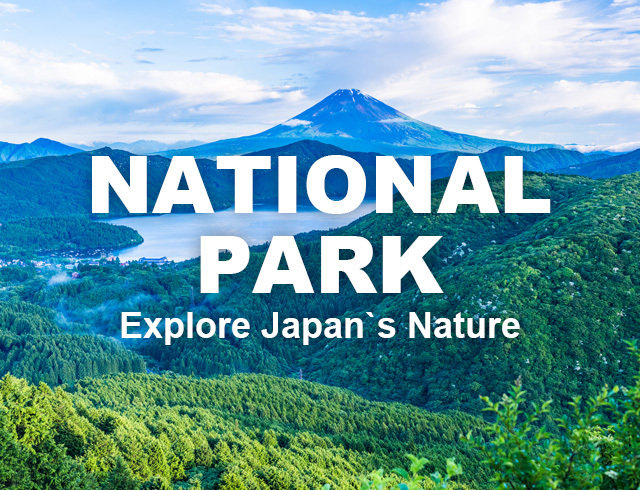

Hakone is a large area comprising seven villages. Each village has its own distinct history, appeal, surroundings, and individual atmosphere. Hakone spans a wide mountainous area from low river valleys, to its mountain lake with fine views of Mt. Fuji.
Exploring and traveling through these different locations, gives one the opportunity to see and understand various facets of Japanese history, culture, and its indigenous way of life. Accommodation all depends on individual taste, and travel requirements. The overall Hakone area is well served by an efficient transportation system and anticipates a steady flow of visitors.
Yumoto
Yumoto is the most popular starting point for the Hakone area. This is also the final destination on the Odakyu train line from Shinjuku/Odawara. The Yumoto area is compact in size, has many wonderful shops, places for sightseeing, and varied accommodation. Many guests make the Yumoto area their base for exploring Hakone further.
The streets around the station are lined with shops offering local specialties, gifts, and places to eat.
Miyagino
Miyagino is a quiet place, in contrast to bustling nearby Gora and Ninotaira. For those with a sense of history, this is definitely the place you should try to visit—mountains to view, and here and there are travelers’ guardian deities and adjacent villages situated at the base of Mt. Myojingadake. In addition, there are the principal shrines; e.g. Suwa Shrine and Hoshuin Temple located at the center of Miyagino. And why not finish your day by enjoying a hot spring bath (onsen)?
Ninotaira
Ninotaira is a calm and peaceful residential area comprising many summer houses and villas. The Hakone Open-Air Museum is situated in Ninotaira. Moreover, there are authentic sites indicating its long-standing history, which includes Kitabatake mound where earthenware from the Jomon era has been found. Nittazuka is similar, in having a tumulus reputed to be the burial site of Nitta, the samurai of the Nanboku-Cho period.
Ashinoyu
Ashinoyu is mentioned in historical records from the Kamakura period and was already indicated as an area of hot springs (onsen). It was called “Ashi no Umi” (sea of reeds) as it was once a marshland of reeds. Hot spring resorts were opened in the Edo period and became known as one of the Hakone Nanayu (seven hot springs.)
Lake Ashinoko
Sengokuhara forms a region of Hakone. It is located at a relatively high altitude, thus making it a popular tourist attraction and a summer resort. With its sulfur hot spring water pumped from Owakudani, the area is well-provided with villas complete with hot spring baths, onsen-ryokans (Japanese inns), and also hotels. There are leisure facilities available; e.g. golf courses, museums, and art galleries. The Sengokuhara region is visited by many tourists on weekends and during the summer vacation